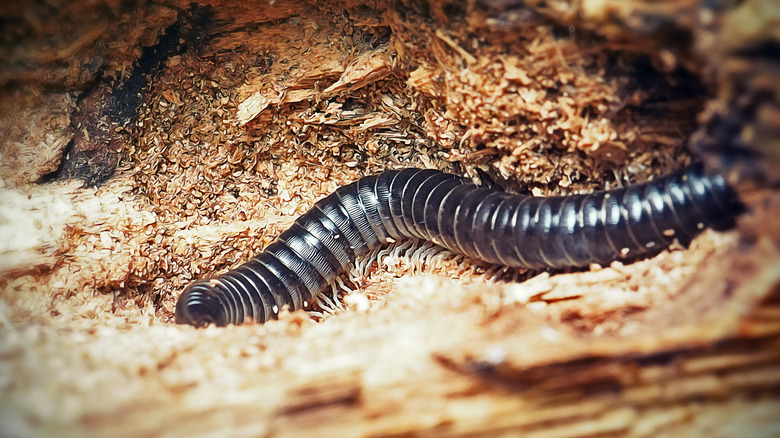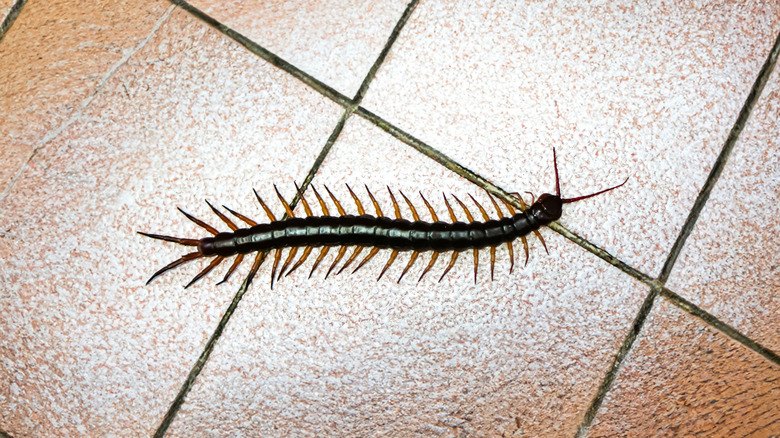Centipede Vs Millipede: Which Pest Is Invading Your Home
Your home is your sanctuary, a place for you to relax after the hustle and bustle of the day. However, the peaceful atmosphere you've built for yourself can quickly shatter once you've noticed a tiny uninvited visitor in your home. While centipedes and millipedes can be a helpful addition to your outdoor ecosystem, you may not want to share your home with them. However, since the method of handling each critter is different, it's important to learn how to identify centipedes versus millipedes.
Centipedes and millipedes aren't insects. Instead, they're two different types of myriapods. While they do share many similarities, such as their many legs, they also have a variety of differences, from their preferred habitats to their bite risk, and even how they move. Learning more about the appearance of each of these critters, as well as their unique behaviors, can help you implement the right solution to control their presence in your home.
How to identify millipedes in your home
Millipedes have rounded bodies that more closely resemble an earthworm's than a centipede's. They can sport hundreds of legs, with some species having up to 750. These legs are divided up among the many body segments of the millipede, two per each segment. While there are many shared characteristics between different types of millipedes, with an estimated 1,400 species in North America alone, there can be some variation in their appearance. For example, some millipedes stay small, growing to be only around an inch long. On the other hand, some millipedes can reach lengths over five inches.
While they may look frightening, millipedes are relatively harmless, as they don't have a venomous bite. Startling one of these critters can get smelly, however, as they back up their lack of venom with a foul-smelling secretion they can emit as defense. As far as their diet goes, millipedes mainly get their nutrients by eating decaying plant matter, with one benefit of millipedes being that they can help with composting in your garden. As a result, you may find them in houseplants or seeking shelter in the dark, damp areas of your home during cold or dry spells, but they prefer to spend their time outside in the soil. You can usually safely relocate the stray millipede back outdoors, as it won't be able to reproduce and thrive inside.
How to identify centipedes in your home
Like millipedes, there are many different types of centipedes. However, one species in particular to be aware of is the house centipede (Scutigera coleoptrata). Whereas millipedes can spend their entire lives outdoors and only come inside for short periods while the weather is poor, house centipedes can enter homes and will reproduce there, leading to an infestation.
As far as appearance goes, centipedes have flatter bodies than millipedes. And, instead of having two pairs of legs per body segment, they have only one, as well as far fewer legs overall. However, while they may have fewer legs than millipedes, these myriapods are known for their speed.
Centipedes also have a different diet than millipedes. While millipedes may occasionally eat other animals when no other food is available, prey animals are on the top of the menu for the carnivorous centipede. As a result, one benefit of centipedes is that they can help keep infestations of smaller critters at bay. However, centipedes can also bite humans, which can cause reactions in those sensitive with allergies or weaker immune systems. If you're noticing other signs of centipedes around your home, such as egg clusters or droppings, then you may want to reach out to a professional for the best next steps to get rid of house centipedes.


